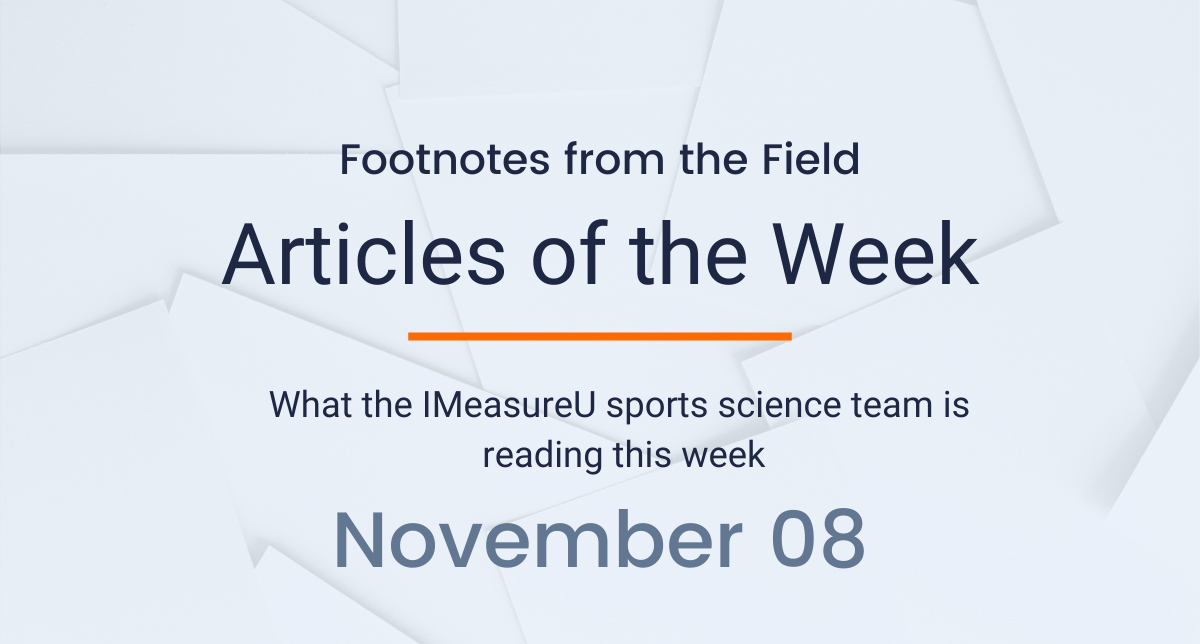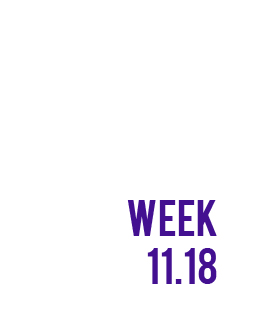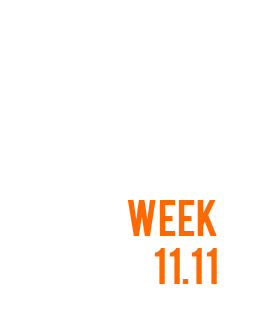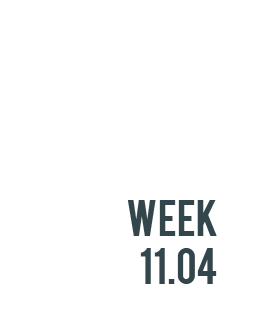
Here’s what the sports science team at IMeasureU is reading this week:
There has been a lot of controversy around the acute:chronic ratio over the last 12 months with the way the ratio is calculated being the largest talking point. Therefore, this article in the Internation Journal of Sports Medicine from Tim Gabbett, one of the leading researchers in this area, will no doubt cause further controversy as it aims to examine the association between coupled and uncoupled acute:chronic workload ratios (ACWR) and injury risk in a cohort of 28 elite cricket fast bowlers. Gabbett and colleagues concluded that higher ACWRs are associated with greater risk, irrespective of whether acute and chronic workloads are coupled or uncoupled.
The second article in this weeks list comes from Anthony Schache and colleagues from La Trobe University in the Journal of Experimental Biology. This paper explored how humans adjust the stance phase mechanical function of their major lower-limb joints (hip, knee, ankle) during maximum acceleration sprinting. The authors concluded that the hip and especially the ankle represent key sources of positive work during the stance phase of maximum acceleration sprinting which is a great source of information for coaches when it comes to exercise selection.
The next article is a systematic review from author Vincenzo Rago and colleagues at the University of Porto, Portugal. This article features in the Journal of Sports Medicine and Physical Fitness and aimed to review the use of RPE-based methods in professional football. They concluded that there is a lack of consensus for the use of RPE in professional football and “good practices” are warranted and this review might help practitioners regarding procedures to adopt in RPE data collection and interpretation.
Our fourth article comes from Daniel Rojas-Valverde and colleagues in Costa Rica, featuring in the BMJ Open Sport & Exercise Medicine Journal. This report aims to present new methods of reduction of the data and propose a new approach method for the analysis of the IMU’s outcomes. The authors present their thoughts on how to choose the correct variables to analyse, how to best extract them variables and the role that big data is playing in sport. They conclude with this statement, ‘To further improve performance, the future of sports analysis related to physical, tactical and technical monitoring will demand simplifying data collection and analysis regarding most important and influential factors of a specific sport.’
The last article in this week’s articles of the week comes from Arturo Casado and colleagues in the Journal of Strength & Conditioning Research. The aim of this novel study was to analyze the effect of deliberate practice and easy continuous runs completed by elite-standard and world-class long-distance runners on competitive performances during the first 7 years of their sport careers. Of the training modes, easy runs and tempo runs were the activities that accounted for significant variance in performance. Although deliberate practice activities, particularly tempo runs and short-interval training, are important for improving performance, coaches should note that the non-deliberate practice activity of easy running was crucial in better performances, partly because of its contribution to total distance run.
For more sports science check out our blog for in-depth case studies and industry updates. Also, be sure to sign up for our newsletter below so you are always up to date with the latest research.




